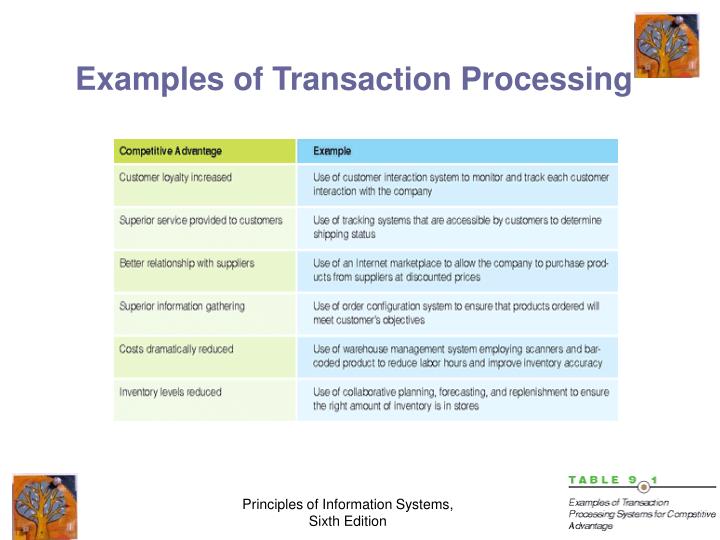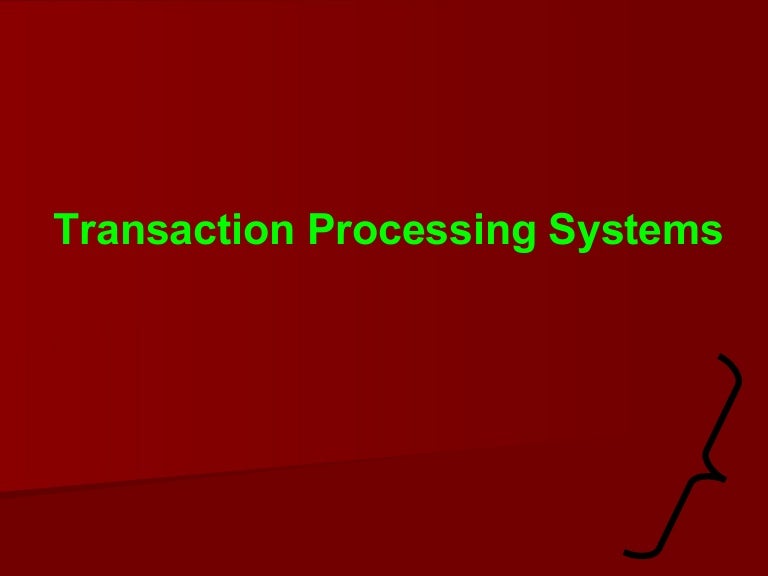


Financial Information System (FIS Banner)Ī financial transaction control is a procedure that is intended to detect and/or prevent errors, misappropriations, or policy non-compliance in a financial transaction process.Settlement is the buying and selling of transactions among merchants, processors, acquirers, and card-issuing entities and begins when the merchant submits a transaction to their processor and ends with the transfer of related funds to a depository or liability account. Clearing is the process through which a card issuing bank exchanges payment transaction processing information with the merchant acquiring bank for the authorized funds. The process of collecting and organizing credit is called capture.įinally, clearing and settlement occur. Other messages include “invalid account number” and “expired card.” An “unable to connect, error” message indicates there is a problem with the network or payment processing equipment.Īfter a payment is authorized, a hold is placed on the cardholder’s money and the card issuer sends approval to the card network, which sends approval to the merchant’s processor, which sends approval to the merchant. In these cases, the issuing bank wants the merchant to take the card from the cardholder. If a “referral or call” message comes back, the merchant must call the issuing bank to process the transaction.Īdditional decline messages include “hold-call” and “pick up card,” which is usually in response to a lost or stolen card report. There are several reasons a transaction may be declined, including: lost or stolen card, account not in good standing, and insufficient funds. If an authorization is approved, the transaction goes through it if is declined, the transaction does not go through, and the customer must present a different form of payment. This process of verifying the validity of a credit card and the balance allowable on the purchaser’s credit line is called authorization. The card network then sends the request to the card issuer, which either approves or declines the transaction based on availability of funds. The processor sends the transaction request to the corresponding credit card network. Once the card is swiped or dipped, the merchant’s POS system sends the transaction request to the merchant’s payment processor. How does the payment get processed?Ī credit card transaction is initiated when a cardholder swipes or dips their card for payment at a merchant location. Payment processor: The company appointed by the merchant to handle credit card transactions for their acquiring bank. There are four major credit card networks, represented by the card brands Visa, Mastercard, Discover, American Express.Ĭredit card issuer: A financial institution, bank, credit union, or company that issues or helps issue cards to cardholders. Merchant (or acquiring) bank: The financial institution that has an agreement with a merchant to accept (acquire) deposits generated by card transactions.Ĭredit card network: The entity that facilitates transactions between merchants and credit card issuers. Merchant: A commercial entity or person authorized to accept cards and receive payments from its customers pursuant to agreement with the card brands. There are several parties involved in the payment processing transaction:Ĭardholder: The person or entity that receives an account from a card company or issuer, and is in possession of a credit card.

Read on for a quick overview of who's involved and what happens during payment transaction processing.

Have you ever wondered what happens when a customer swipes or dips their credit card to pay for a purchase? The entire payment transaction process occurs seamlessly in just a few seconds, but a lot is happening behind the scenes. Modernize treasury and optimize the balance sheetĬonsolidate and automate for maximum efficiencyĮngage your customers across every channel Increase revenue through smarter centralization, authorization and validation Simplify domestic and international payoutsĪccelerate real-time and other account-to-account payments Power payments on your marketplace or platform Modernize, launch and scale banking innovation Modernize customer deposits and increase satisfactionĭrive operational efficiency and customer satisfaction Optimize the onboarding experience across digital channels Modernize asset finance for the digital age


 0 kommentar(er)
0 kommentar(er)
